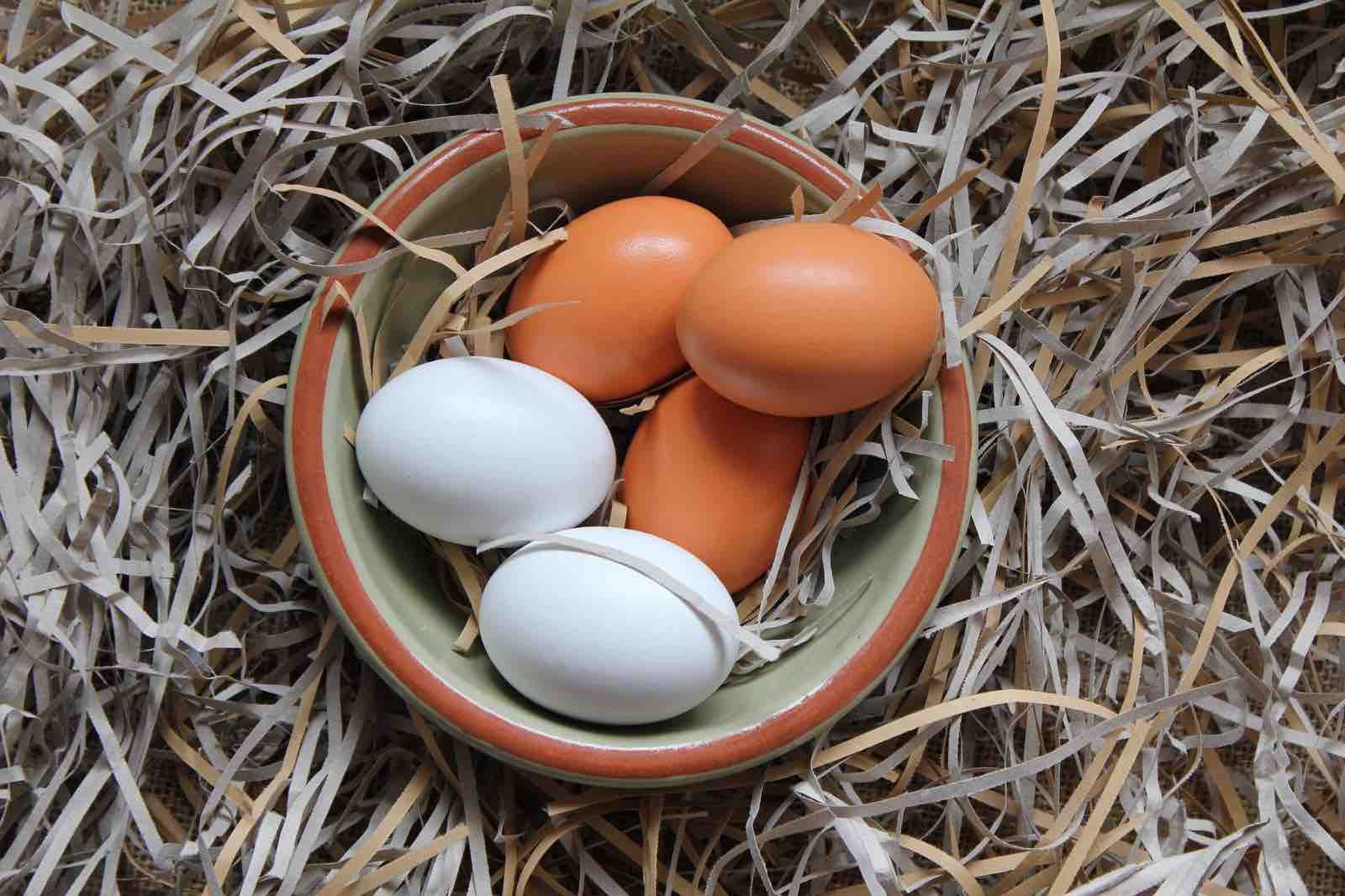Egg whites — they’re not just (a cholesterol-free) breakfast anymore.
A Japanese researcher has found a way to use molecules from a protein-based chemical found in egg whites to generate hydrogen more efficiently, putting scientists a step closer to producing hydrogen from water without using fossils fuels and raising the possibility that hydrogen could become a clean, carbon-free source of energy.
Currently, most hydrogen is produced by processes that emit planet-warming greenhouse gases.
“Hydrogen is an extremely environmentally friendly energy, but it is still generated from fossil fuels in industrial processes, and greenhouse gas emissions are unavoidable,” said Hiroyasu Tabe, a research associate at Osaka City University’s graduate school of engineering.
“Our method generates hydrogen using solar energy, without fossil fuels.”
Hydrogen is the simplest and most abundant element on earth, but it typically does not exist by itself in nature and must be generated from substances that contain it, such as water and fossil fuels, which hold large amounts of hydrogen.
Developing an efficient way to mass produce hydrogen from water alone could point to an inexpensive and clean fuel, without creating carbon dioxide and other heat-trapping emissions.

Hydrogen in fuel cells generates power using a chemical reaction rather than combustion, producing only water and heat as byproducts. It can be used in cars, in houses, for portable power, and in numerous other applications. Therefore, hydrogen produced from a sustainable source could produce a carbon-free fuel.
But the process of extracting hydrogen from water is difficult and complicated, relying on the use of a catalyst able to control otherwise randomly moving molecules during production. “The conversion of water molecules includes special and difficult chemical reactions,” Tabe said. “A large amount of energy provided by sunlight and molecular-sized ‘traffic control’ are necessary for efficient catalysis.”
Pure proteins produced by bacteria can perform this function, but making them requires special lab equipment, Tabe said. “Chicken eggs, however, are well-known vessels of protein-based chemicals,” he said. “Our catalyst can produce hydrogen from water, which is a ubiquitous compound all over the world.”

Using solar energy as a power source, the Japanese researchers succeeded in making small amounts of hydrogen in the lab “within a coffee-cup-sized vessel,” solely from water by using lysozyme — a protein-based chemical derived from egg whites — as a catalyst. Lysozyme is a small, stable protein that forms crystals with “lots of tiny holes to trap particles acting as nano-sized reaction vessels,” he said.
“The nano-sized vessels bring a sense of traffic control to the molecular interactions and improve the efficiency of hydrogen production,” he explained.
The crystals have a “highly ordered” nanostructure enabling scientists to “manipulate the molecular components when they accumulate in the crystals,” he said.
In order to analyze and precisely manage the crystals, the researchers used rose bengal, a dye commonly used in eye drops to identify eye damage.
“This traffic control is a new concept for a catalyst for hydrogen production,” Tabe said. “In the near future, many scientists and engineers will be switching their attention to solar for clean fuel production.”
The scientists described their work in a study recently published in the journal Applied Catalysis B

Tabe points out that researchers in virtually every scientific discipline are engaged in developing renewable energy sources, and that “chemists can contribute to the strategies by developing new materials that can convert and store energy,” he said.
“In the future, our basic technology will unite disparate disciplines and break political, social and economic barriers.”
To be sure, the scientists have proved the concept. But challenges remain, including the best way to scale up the process for widespread hydrogen production.
This would require creating a cost-effective method to mass produce the proteins — something that hasn’t yet been done, Tabe said.
The whites of chicken eggs are a valuable resource because they are “inexpensive and inexhaustible.” As for the leftover yolks, “we can use them in our desserts, like a puff with exquisite pastry cream,” he said.
Marlene Cimons writes for Nexus Media, a syndicated newswire covering climate, energy, policy, art and culture.
Source: Nexus Media. Reproduced with permission.










